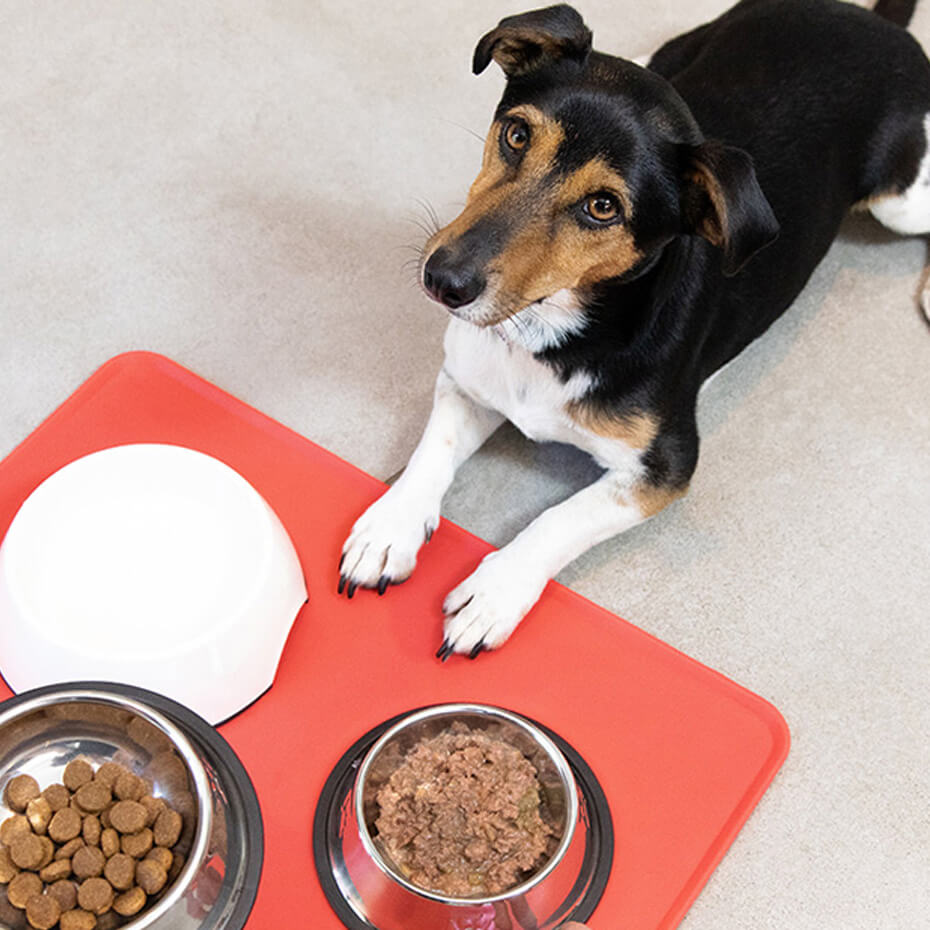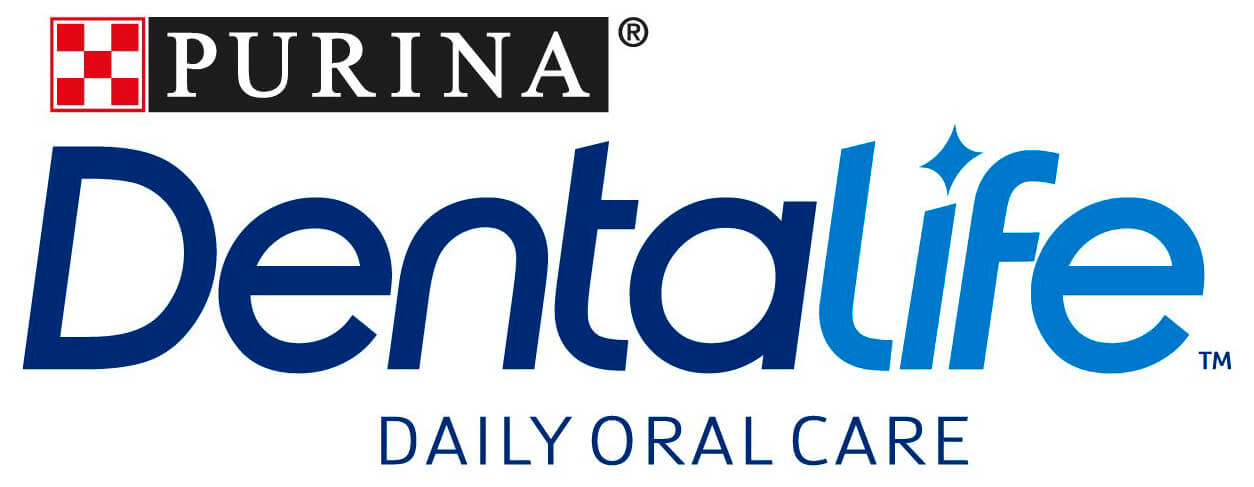
One of the most common infections in dogs is yeast infection. Learn what to do when your pet starts itching inconsolably and find out what dog yeast infection treatments are most effective.
Does your dog suffer from itchy skin, swelling or exaggerated drooling? There are many underlying conditions for such symptoms, but one of the most common infections in dogs might be the culprit.
What is a yeast infection in dogs?
Yeast is a fungus that lives on the skin and inside the gut of your dog without causing any harm most of the time. However, there are certain triggers that when activated can lead to an over-population of yeast.
The body will then try to get the yeast population back to normal which causes the symptoms of yeast infection in dogs to flare up.
What are the symptoms?
There are a few tell-tale signs that your dog might be struggling with yeast infection. Here are the most common symptoms:
Usually the first sign is your dog scratching, biting and chewing its skin. Head shaking might also be an indicator that the dog is trying to relieve its discomfort. Dog ear yeast infection is extremely common, so if your dog keeps its head tilted this might be one of the causes. The feet and between the digits of the paws are also commonly affected.
Yeast infection in dogs is associated with loss of hair, which usually follows the itchiness in the affected area.
Keep an eye on your pet’s coat for any pink or red areas on the skin as this may be a sign of dog fungal skin infection. This may also be accompanied by swelling and the spot might be warm to the touch. If the infection has become chronic and has been present in your dog causing skin disease for a while, you might also notice darkening of the skin (hyperpigmentation).
There is a particular scent linked to yeast infection in dogs. As the infection progresses you may notice a different smell to the normal one emanating from your dog.
If your dog starts to incessantly lick an affected area of its skin, this might be your pet’s way of coping with itchiness brought about by a yeast infection. They may also quell itchiness by scooting along the floor or rubbing up against a wall or piece of furniture.
These symptoms occur most commonly in yeast infection in dogs, but they might also point to a different or more serious condition. Whenever you notice any or all of the symptoms above, make sure you have your dog checked by a vet.
How is yeast infection in dogs diagnosed?
The vet will be able to diagnose the condition by running a few tests on your dog’s skin. Hair plucks, skin scrapes or smears are common techniques used to help identify any infectious agents, including yeast, that might be contributing to the skin disease. These are analyzed under a microscope to determine if the fungus responsible for the yeast infection exists in the sample, or whether there are any other bacteria, fungi or viruses that might be causing the symptoms.
What risk factors increase the likelihood of yeast infection in dogs?
Here are a few risk factors that can lead to yeast infection in dogs:
• Hot, humid weather
• Skin irritation
• Pre-existing underlying skin disease e.g. atopic dermatitis
• Skin folds
• Bacterial infection
• Medication such as antibiotics or corticosteroids
Some dog breeds are also more prone to developing yeast infection. These include the Basset Hound, Shih Tzu, Golden Retriever or Cocker Spaniel.
Dog yeast infection treatment
Topical treatment for yeast infection in dogs
Anti-fungal shampoos are usually recommended. Depending on the progress of the infection, you might have to apply topical medications a few times a week or even a few times a day to the affected area. The chemicals in the medicated shampoo will kill the yeast, so your dog’s skin should start to show improvement within a week. For dog ear yeast infection the same anti-fungal agents are concentrated in ear drops that can be used to successfully treat the condition.
Oral treatment for yeast infection in dogs
If the yeast infection does not respond to the topical treatment, oral medications might be prescribed. It is essential to see a vet as the treatment can vary depending on your dog’s age and any underlying conditions.
Anti-inflammatory medication can also help reduce the swelling. If this is necessary, your vet will prescribe them. Do not use any over-the-counter medications or tablets you might have at home as these could cause further problems or may even be toxic.
If you think your pet has any skin condition, please don’t try to apply dog yeast infection home remedies as you can make the problem worse. You should always take your dog to the vet for an accurate diagnosis and appropriate treatment. An allergy can look very similar to a yeast infection in dogs and vice versa, so it’s important to ask for professional help to ensure your dog gets the best care possible.






